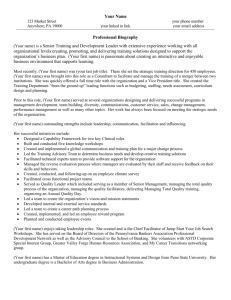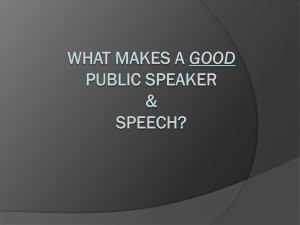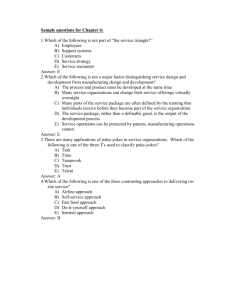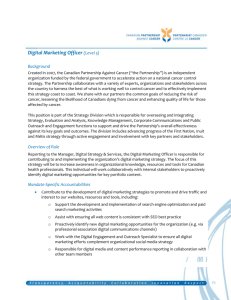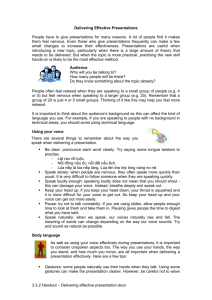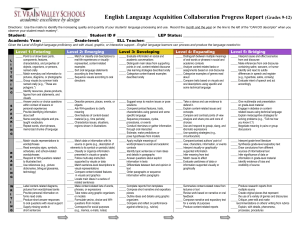Contextualizing Academic Language with Effective Classroom
advertisement
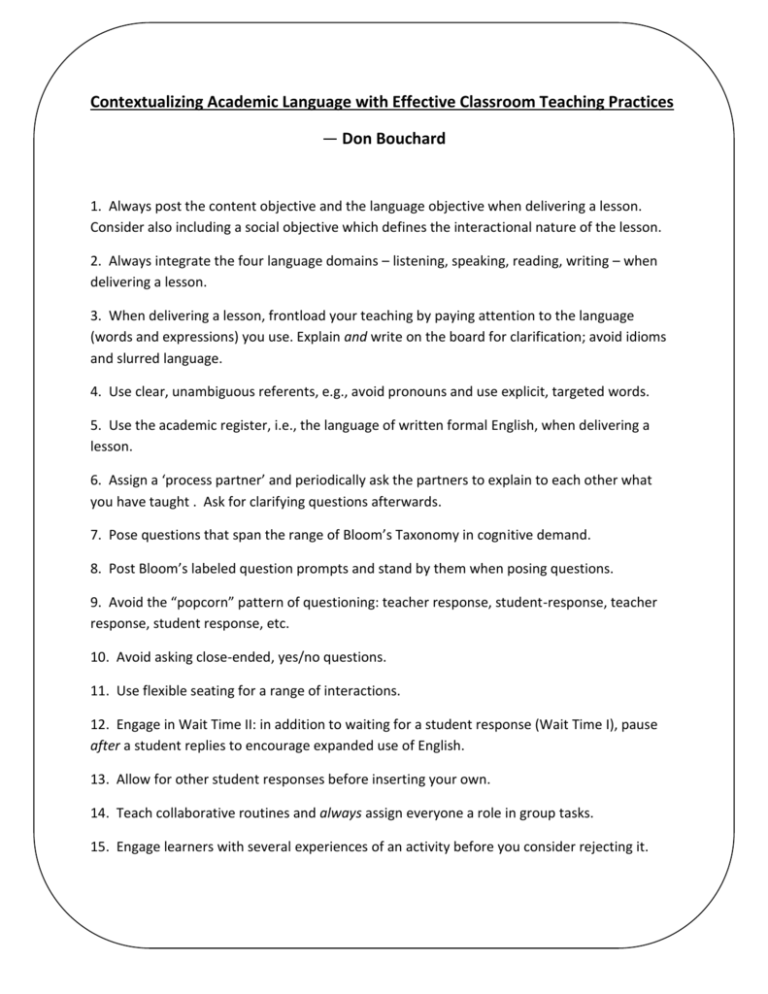
Contextualizing Academic Language with Effective Classroom Teaching Practices — Don Bouchard 1. Always post the content objective and the language objective when delivering a lesson. Consider also including a social objective which defines the interactional nature of the lesson. 2. Always integrate the four language domains – listening, speaking, reading, writing – when delivering a lesson. 3. When delivering a lesson, frontload your teaching by paying attention to the language (words and expressions) you use. Explain and write on the board for clarification; avoid idioms and slurred language. 4. Use clear, unambiguous referents, e.g., avoid pronouns and use explicit, targeted words. 5. Use the academic register, i.e., the language of written formal English, when delivering a lesson. 6. Assign a ‘process partner’ and periodically ask the partners to explain to each other what you have taught . Ask for clarifying questions afterwards. 7. Pose questions that span the range of Bloom’s Taxonomy in cognitive demand. 8. Post Bloom’s labeled question prompts and stand by them when posing questions. 9. Avoid the “popcorn” pattern of questioning: teacher response, student-response, teacher response, student response, etc. 10. Avoid asking close-ended, yes/no questions. 11. Use flexible seating for a range of interactions. 12. Engage in Wait Time II: in addition to waiting for a student response (Wait Time I), pause after a student replies to encourage expanded use of English. 13. Allow for other student responses before inserting your own. 14. Teach collaborative routines and always assign everyone a role in group tasks. 15. Engage learners with several experiences of an activity before you consider rejecting it. 16. The evidence is overwhelming that students of all abilities perform better in heterogeneous groupings; as a result, avoid homogeneous groupings. 17. Shape student responses by repeating the answer and elaborating with expanded language. 18. Periodically ask learners if they understand with hand signals (5=completely understand; 4=almost understand; 1=not understood, etc.). 19. Expect students to use academic language. 20. Allow learners to clarify and/or explain concepts in their home language if they are able. Since they must eventually respond in English, this can help them ‘jumpstart’ their understanding. 21. Post content-related vocabulary in the classroom. 22. Post common content-related sentence starters in the classroom. 23. Post and use academic language category words when delivering a lesson such as main idea words, introductions, conclusions; comparing and contrasting idea words, and connecting idea words. 24. Always teach and review vocabulary when delivering a lesson. Remember the rule: 24/48/7/14 25. Select grade level or above content-related material to read aloud to the class, no matter what the grade or the content. 26. Always preface a reading requirement by frontloading vocabulary, engaging in topic related activities, and skimming for general information. 27. Require a reading journal and regularly provide a content-related prompt for responding to the lesson. 28. Use a ‘ticket to leave’ at the end of a lesson, i.e., have learners summarize in writing what they have learned. 29. Promote reflection after every lesson, i.e., an examination of how students viewed their learning. 30. One of the most important activity types for process content learning and engaging in language growth is summarizing. Seek out and use them!
